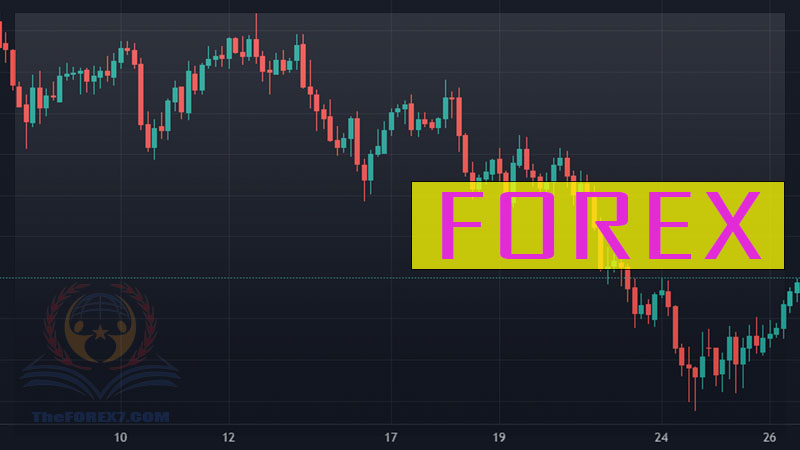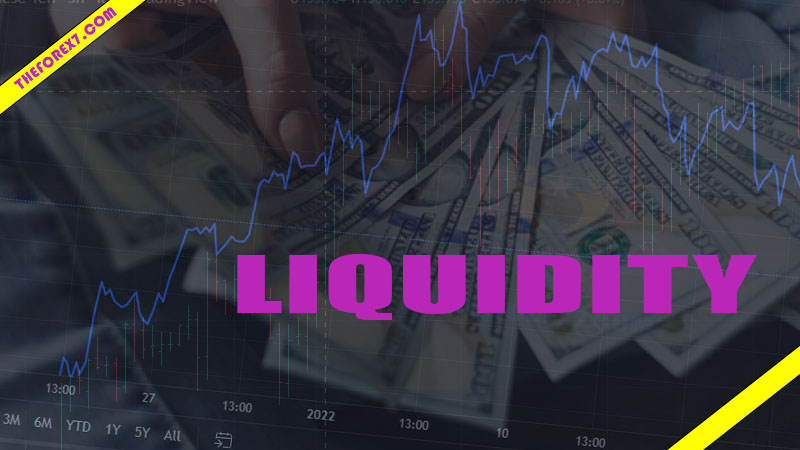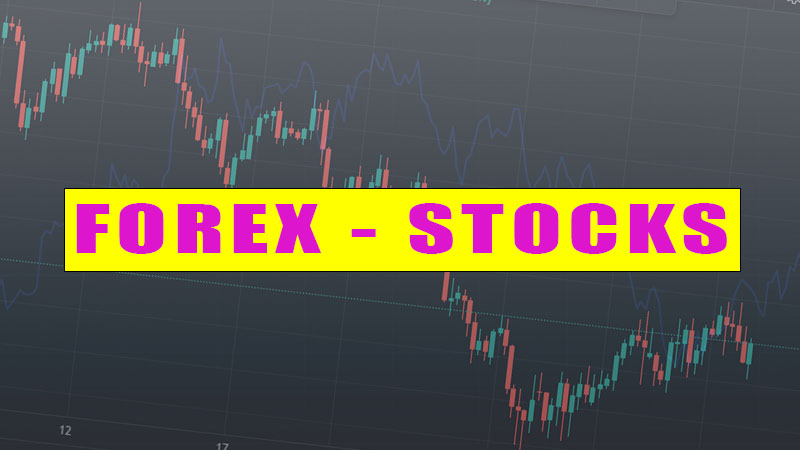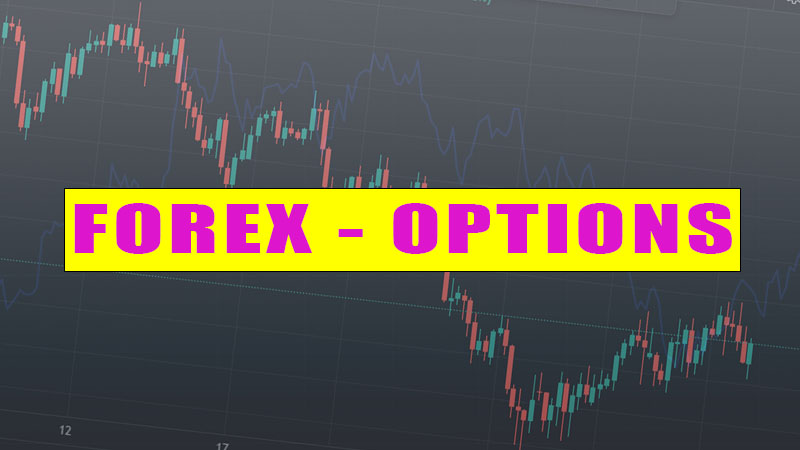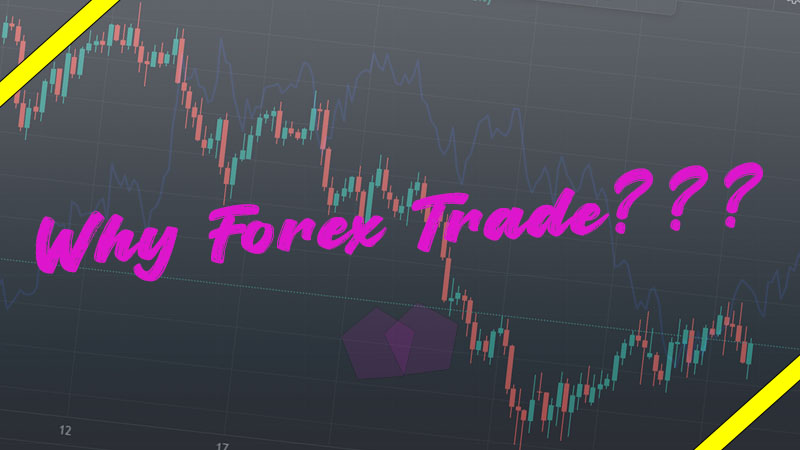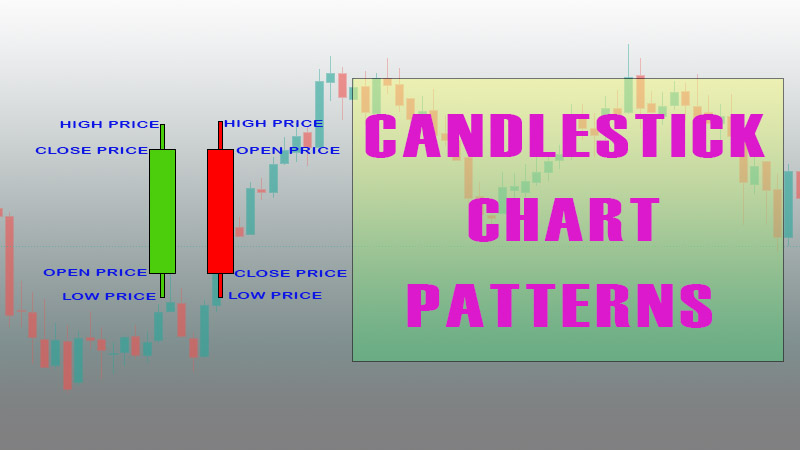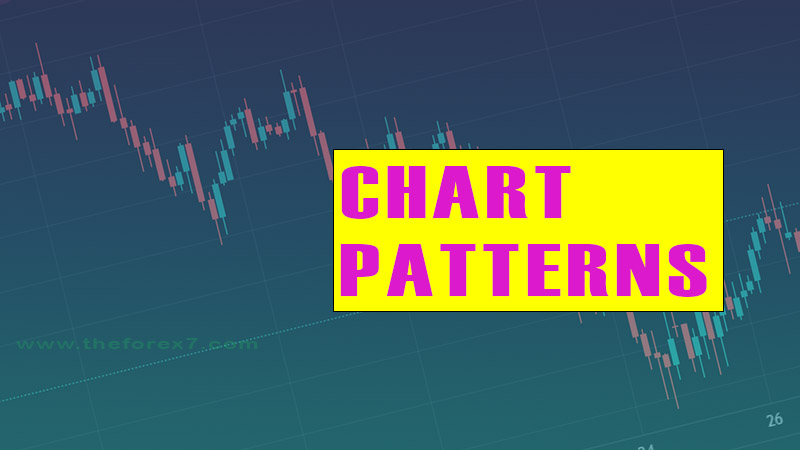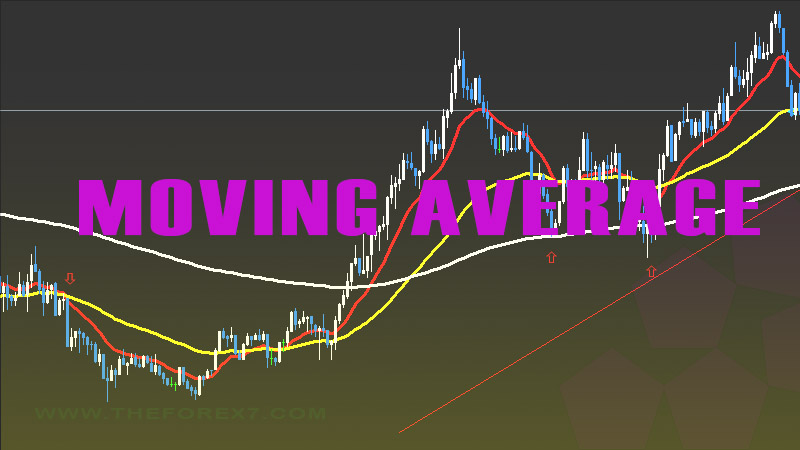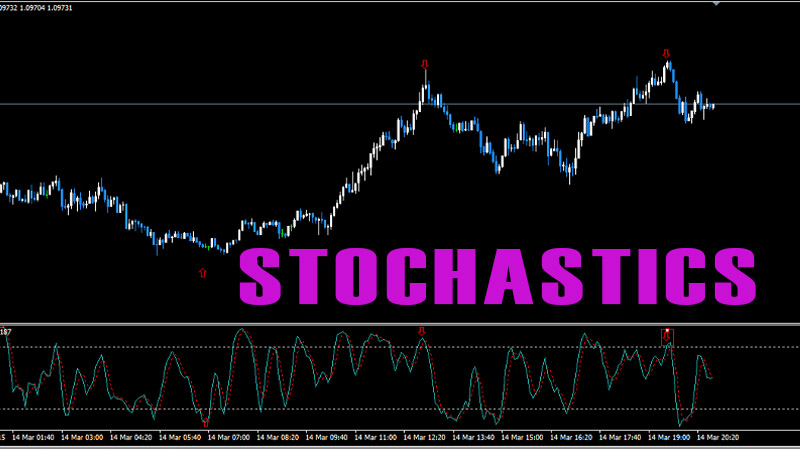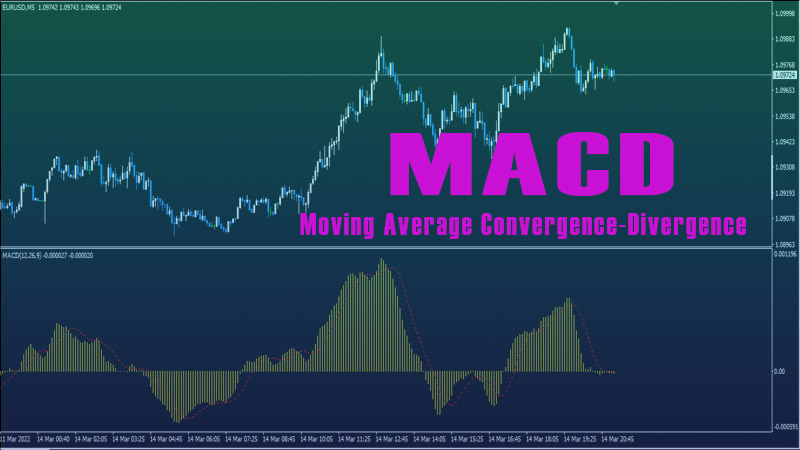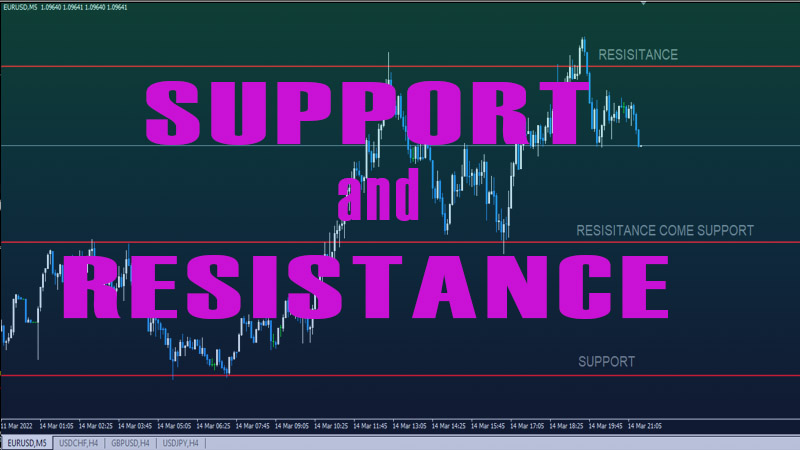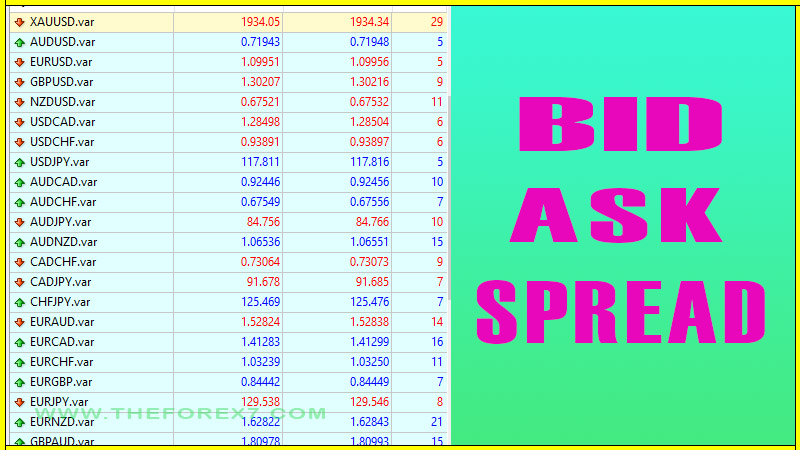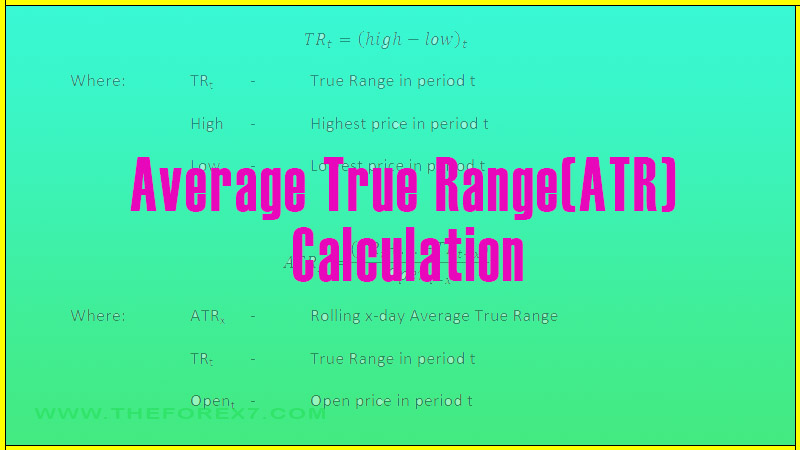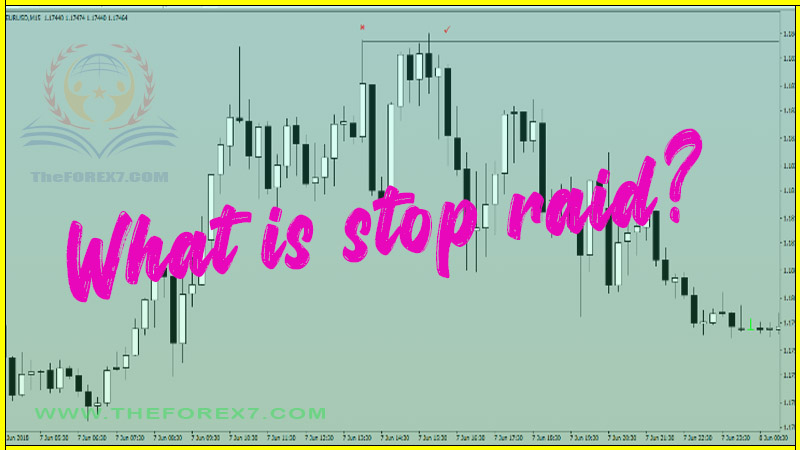Money Management Rules in Trading and Techniques
Money management, Risk management, Risk Reward Ratio
Course: [ Top Trading Strategy ]

Most traders are not aware that being successful in Forex trading does not just depend on your trading system. What is even more important is money management, and it is the one thing separating the winners from the losers. It has been proved that 95% of traders who have a system with 60% winning odds end up as losers due to their poor money management.
Winning Money Management Techniques
Most
traders are not aware that being successful in Forex trading does not just
depend on your trading system. What is even more important is money management,
and it is the one thing separating the winners from the losers. It has been
proved that 95% of traders who have a system with 60% winning odds end up as
losers due to their poor money management. Don't focus so much on finding the
perfect trading system. Instead, make money management the most important part
of your trading plan!
Some
examples of poor risk management include risking a big percentage of our
trading account on a trade, letting our losses run and cutting our profits.
There are several strategies for managing your risks:
1. Risking Not More Than 3% of Your Account
Never
risk more than 3% of your trading capital on a trade. In this case, a series of
10 consecutive losing trades would draw down the account by 30%. You may decide
to risk not more than 1% or 2% even, but that is entirely up to you.
The
percentage that you decide to risk on a trade is dependent on how accurate your
trading system is. If you have a system that generates many small losses but
few big wins (low accuracy since higher number of losses than gains), then you
have to risk a smaller percentage (not more than 2%) on each trade so that your
account balance can endure the string of losses. However, if your trading
system generates many small gains but few big losses (high accuracy since
higher number of gains than losses), your drawdown frequency will be smaller,
and you may risk not more than 3% (or 2%) on a trade. You may choose to reduce
your percentage further if you are not so confident in a particular trade, but
never more than a pre-determined percentage even if you are very confident
about it.
Let's say
you have a trading capital of $20,000 and have set your percentage to 3%.
First,
calculate how much maximum loss you are allowed per trade.
3% of
$20,000 = $600
It means
that you have to adjust your protective stop such that you don't lose more than
$600 in a single trade.
In our
example, let's assume that you are trading EUR/USD. In EUR/USD, one pip per
standard lot (face value of 100,000) of EUR/USD costs US$10, and one pip per
mini lot (face value of 10,000) costs US$1.
With $600
as your 'fixed cost', you can choose to vary your stop loss in pips and your
lot size. If you are planning a short-term trade with a stop loss of 50 pips,
then you will be able to trade 1.2 standard lots (worth 120,000). If, however,
you place a stop loss of 40 pips, then you will be able to trade 1.5 standard
lots (worth 150,000).
So as you
can see, once you have your maximum dollar loss fixed at a pre-determined
percentage of your capital, you can adjust your lot size according to the size
of your stop loss in pips. It is important to calculate a reasonable stop loss
first, and then adjust your lot size to that, and not the other way around.
Sure, you
must have read about traders who were able to build their fortunes with small
sums of money in double-quick time. Such traders who took big risks and got
lucky will eventually be wiped out unless they take their profits out of
trading completely. Note that the rarity of these get-rich-quick stories
confirms one thing: Most of the unmentioned traders have gotten their accounts
cleaned out from the trading arena. Get rich - slow and steady - with small
manageable risks, and that is achieved if you risk only a small percentage of
your total equity on trade.
IMPORTANT: ALWAYS stick to the maximum 2-3% risk rule.
Never, ever risk more than that on a single trade! After you have experienced
consecutive losses, it is very easy to be tempted into risking more on the next
trade because you are blinded by hope and greed. Before you know it, your
losses will become larger and larger, and your capital may eventually be wiped
out! Remember the drawdown lesson in the previous lesson. Be very disciplined,
and NEVER let your emotions interfere with your trading. If you feel the urge
to do that, turn off your computer immediately.
2. Stop-loss Orders (Capping Losses)
This is a
very important tool for risk management. Stop-loss orders allow traders to set
an exit point for a losing trade. Placing a stop-loss order at the time of
placing your entry order is highly recommended if you want to stay alive in the
Forex market. Mental stops may be used by more seasoned traders.
Choose
the Parent and Contingents order type from your trading software. Input your
entry order in the Parent field, and your stop-loss is one of the two
Contingent fields (The other Contingent field is for-profit limit order). This
order type ensures that once your position is opened at the specified price,
both the stop-loss and profit limit orders will be 'working orders'. Only one
of them will be executed depending on which price is reached first, and when
that happens, your trade is closed automatically, with the other Contingent
order canceled.
Calculate
your stop based on how much money you can risk depending on the risk/reward
ratio. Stop-loss orders should not be so tight that normal market volatility
triggers the order. From experience, it is much wiser to set your stop at a
reasonable but wider place, than to have a tight stop so as to adhere to your
risk/reward ratio. If your stop-loss has been carefully calculated beforehand,
do not later move it in the losing direction. If however, you have overlooked
very important support or resistance level that is very likely to be tested a
few pips after your stop will have been triggered, you may shift it in that
case, but no further.
Some
traders move their stop to break even as soon as their position has gained the
amount that they have initially risked. Some traders prefer to leave the stop
where it is even in profit. Others may use a trailing stop which means moving
the stop forward towards profitability as the trade progresses in their favor.
It all depends on your risk appetite and trading style. For me, I tend to shift
my stop to break even only when I have made enough pips in profit such that my
position is able to weather the intra-day market noise. There are no hard and
fast rules in shifting your stops.
The next
lesson will be on the types of stops.
3. Limit Orders (Targeting Profits)
Set your
profit targets with Limit Orders at the time of placing your entry order. This
allows you to exit the Forex market at a pre-determined profit price. Enter
your limit in one of the Contingent fields under Parent and Contingents order
type. You can find this P&C order type on most forex trading platforms.
There are
two advantages of placing limits together with your entry order: First is that
if you have a winning position, you may feel tempted to take your profit
prematurely, and the second advantage is that in times of high volatility, your
broker is able to execute your profit limit order at the price you have
decided, instead of you taking your profits at the market price which may
change very fast.
Your
profit limit orders should reflect a realistic expectation of gains based on
the currency pair's trading activity and the length of time you want to hold
the position. There will be many times when your objective may seem to be out
of reach due to technical obstructions, impending news releases, or changing
market sentiment, and you may have to take your profit without it reaching your
objective. This is reality. In fact, do not expect your objective to be reached
exactly. Closing out wisely before the price objective is met requires a lot of
skills in reading the market signals and close monitoring of the prices.
You may
also take profits at staggering price levels for your position. Let's say you
have a total of 2 standard lots on a single trade that is going your way, you
may close out part of your position, say, 1 lot at a lower objective, so you
are left with only 1 lot.
If you
are confident in not closing your position soon after it becomes profitable,
you may choose to just place a stop-loss order, without placing a limit order
together. This, however, requires you to monitor the market continuously.
4. Managing Your Emotions
There is
a reason why you place both stop-loss and profit limit orders in the first
place. If the market moves against your position, don't try to remove your
stop, and put hope into your trade. Don't make excuses for why you shouldn't
close that position, and don't hope that the move will reverse in your favor.
The market is indifferent to the players. Treat trading like you would treat a
business, whereby you only look at the numbers, and not make emotional
decisions.
If you
let your losses run, they will roll into something so big that they will affect
your self-esteem and morale. Get out with a manageable small loss, nurse your ego
for a while, and get back into a tip-top emotional state.
Have the
confidence to re-enter the market when you see good trading opportunities
again. I do this all the time. I get down, and then I have to get up again in
no time. You need to repeat this again and again so that it becomes a habit.
Wallowing
in misery is not a luxury that successful traders can afford. You constantly
have to psyche yourself back into the zone where you focus on the present
moment, without concern for your emotions or past mistakes.
Top Trading Strategy : Tag: Top Trading Strategy, Forex : Money management, Risk management, Risk Reward Ratio - Money Management Rules in Trading and Techniques

